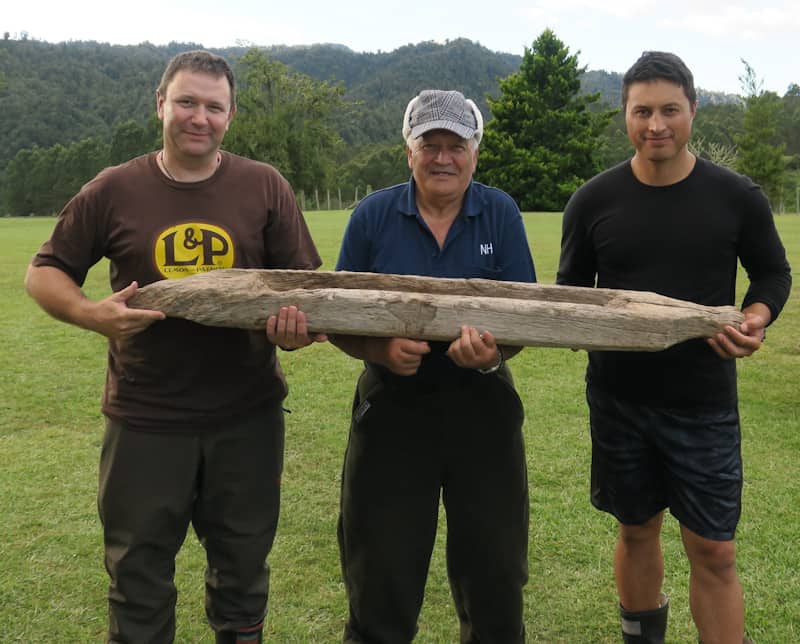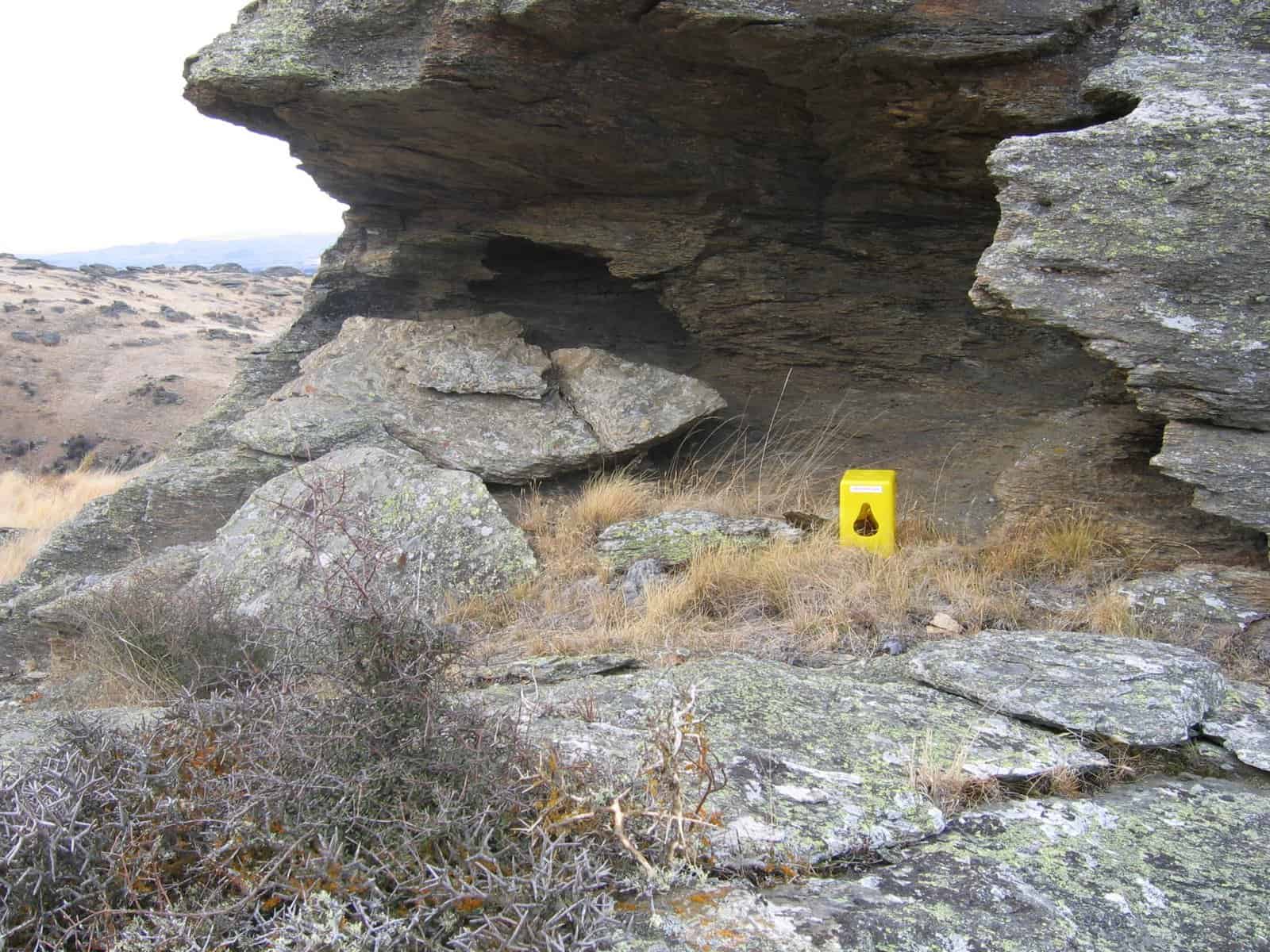Conference season has returned at last! Despite the added facial attire, our plant pathogen teams made the most of being able to connect kanohi ki te kanohi at the recent New Zealand Plant Protection Society conference.
Category: News
How Did Konini Primary Celebrate Matariki?
Toitū te Ngahere is a project exploring art in schools for ngahere ora (forest health). Using the processes inherent in art making, Toitū te Ngahere empowers tamariki to develop and tell stories about their own relationships with local ecosystems. This year, three classes at Konini Primary curated art and performance to share with their community at their Matariki celebration.
New gall midge eats the fungus that causes myrtle rust
A new species of gall midge, Mycodiplosis constricta, has been described. Taxonomists and entomologists may be excited to know that this is the first described species of Mycodiplosis recorded from New Zealand. For the rest of us, the most interesting thing about this species is what it feeds on: the urediniospores of Austropuccinia psidii, the fungus that causes myrtle rust.
Ngā Pī Ka Rere spotlight: Marcus-Rongowhitiao Shadbolt, passionate about seed conservation
Ngā Rākau Taketake welcomes Marcus-Rongowhitiao Shadbolt, a new Master’s student under the Oranga and Conservation & Restoration research themes. He will be looking at how we can best conserve New Zealand’s seeds.
Ngā Pī Ka Rere spotlight: Welcome Phoebe Fordyce, TTW research and policy analyst
In February this year, Te Tira Whakamātaki and Oranga research theme welcomed Phoebe Fordyce, a research and policy analyst, to their teams. We spoke with Phoebe about her background, the work she has been doing so far, and what she is excited about for the future.
Mātauranga-a-Iwi vital in the restoration of biodiversity
A new BioHeritage research programme, He Mātai i te Taiao (The perpetual sensing of the natural environment), aims to develop a system that enables mātauranga-a-Iwi (localised Māori knowledge) monitoring frameworks and approaches, providing vital evidence for the empowerment and actioning of kaitiakitanga.
New paper outlines the challenges of preserving maire tawake seeds
Maire tawake, or swamp maire (Syzygium maire), is being threatened by climate change, habitat loss and myrtle rust. We could use seed banking to protect this plant. However, seed storage isn’t always as straightforward as it sounds.
Maria Bargh appointed to independent electoral law panel
Dr Maria Bargh, co-lead of the BioHeritage Adaptive Governance and Policy programme, has been appointed as deputy chair of an independent panel that will be reviewing electoral law in Aotearoa New Zealand.
Two students giving us the scoop on kauri soil
Two Auckland University of Technology students have teamed up to give a comprehensive picture of the biotic and abiotic components of kauri soil.
Defining ‘eradication’: evolving terminologies in biosecurity spaces
Why might kaimahi working in biosecurity choose to term a project as suppression, control, or elimination instead of eradication? BioHeritage reached out to two of Aotearoa New Zealand’s leaders in biosecurity to turn over some of these stones and examine the nuances in our terminologies.
The river of life, each curve more beautiful than the last: BioHeritage welcomes Erina Watene-Rawiri as Pou Pūtaiao
Erina was kind enough to share some of her perspectives with us as she gets started in her new role.
Rangatahi create thoughtful and heartfelt artworks to inspire change
An incredible cohort of rangatahi (young people) have pulled together to create a series of artworks under the banner of ‘The Great Kiwi Poster Competition’, the third organised by the accoladed Ōtepoti artist Bruce Mahalski.











